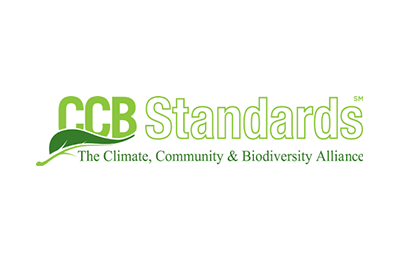This project aims to protect a large forest area within the Valley of Jari, which is home to over 2,000 species and 2,000+ rural families. The project will provide economic opportunities including agriculture, fish hatcheries, and community cooperatives that support local handicrafts.
Where & Why
The Valley of Jari in Northern Brazil is located in a major watershed for the Amazon River and includes three major rivers (Jari, Cajari and Maracá). The area is home to over 2,000 rural families and serves as an ecological corridor that connects several important conservation areas. The Valley abounds with biodiversity and the tropical rainforest provides a sanctuary for many important wildlife species. Over 2,000 different types of animals live in the area, including over 100 endangered species.
During the 1970s, investments in infrastructure and new enterprises brought thousands of migrants to the region in search of job opportunities. Unfortunately, many of these jobs were linked to the pulp mill industry and relied on the exploitation of the forest. Unsustainable practices, such as clearing forest areas and feeding trees to the pulp mill brought on increased deforestation. Many families who lived in the Valley were forced to leave as the forest was converted for other uses and they lost access to its resources. Following a number of economic crises in Brazil, investment ceased and enterprises failed. Both deforestation and social issues increased.
How & Who
Jari Amapá REDD+ is an ongoing community‐based project that aims to protect a 163,040 acre (65,980 hectare) forest area in the Valley of Jari. The project safeguards large areas of forest to prevent deforestation and degradation. To further ensure the safety of this biodiverse habitat, local people will be trained in sustainable farming practices and forest management.
By ensuring that this forest stays standing, this project will prevent approximately 3,450,279 metric tons of CO2e emissions. The project will provide local communities with financial support and establish agricultural production, fish hatcheries, beekeeping and community cooperatives that support locally made handicrafts will create additional job opportunities in the area

Environmental Benefits
- Protects over 160,000 acres of tropical rainforest
- Preserves the habitat of 2,000+ unique animal species
- Mitigates climate change by preventing deforestation

Community Benefits
- Establishes community cooperatives
- Supports new economic activities such as fish hatcheries
Project Type

Forests
Location
Annual CO2 Reduction
115,109 metric tons CO2e
SDGs Supported
Verification Standard
Project Developers
Biofilica
Project Documents
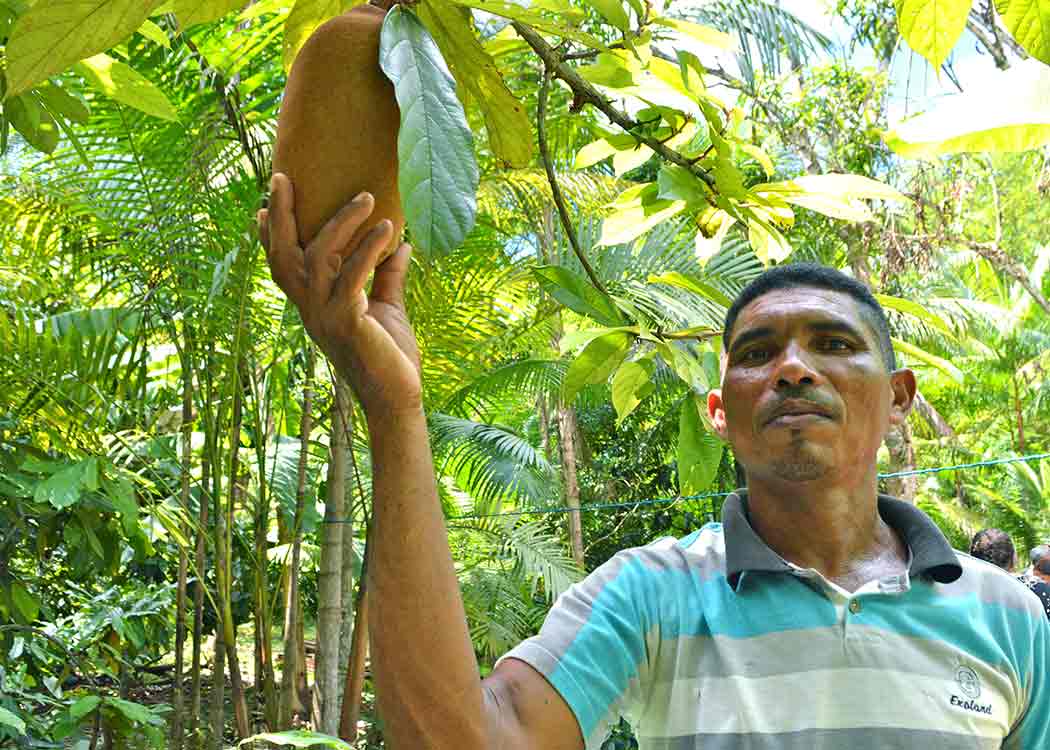
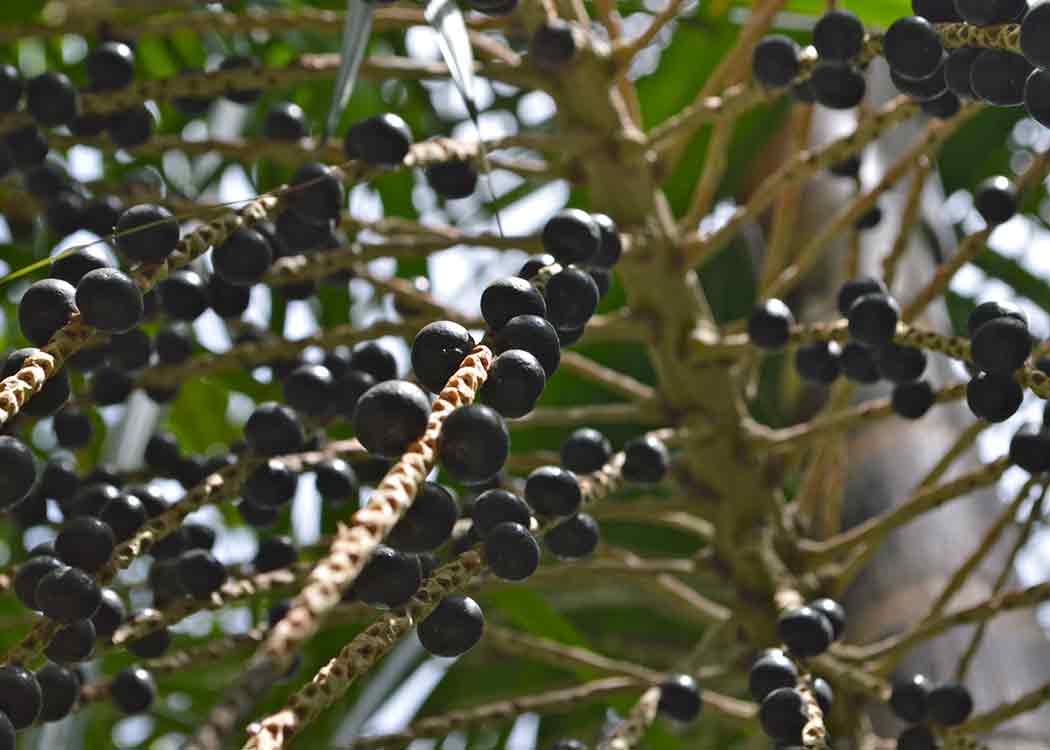
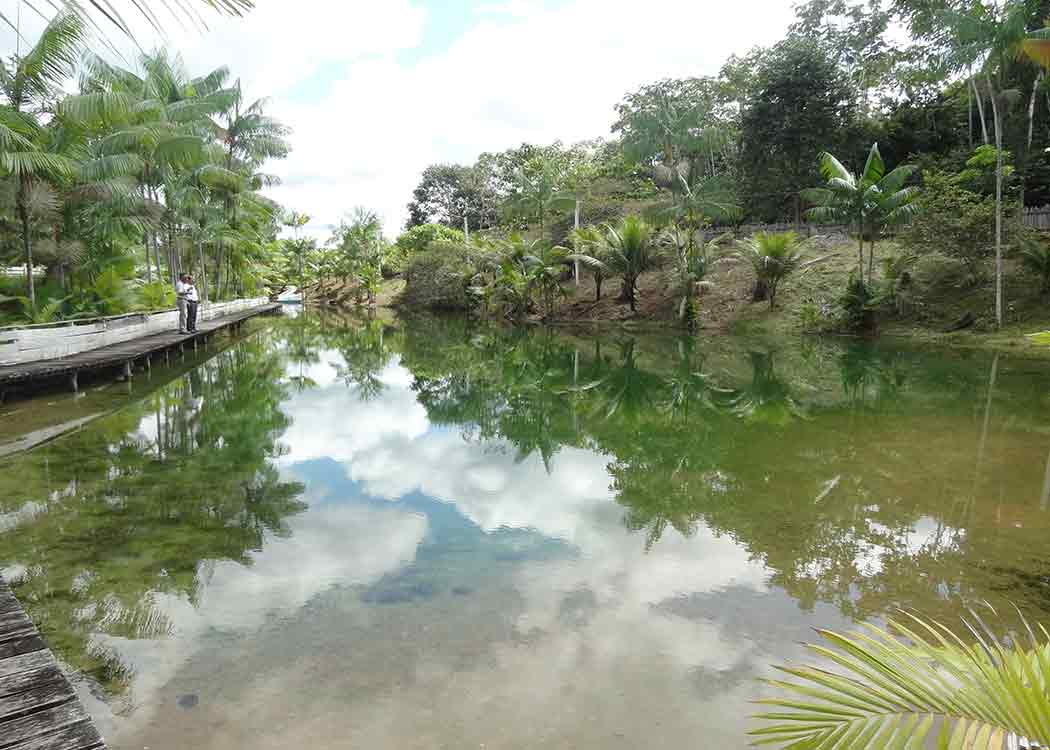
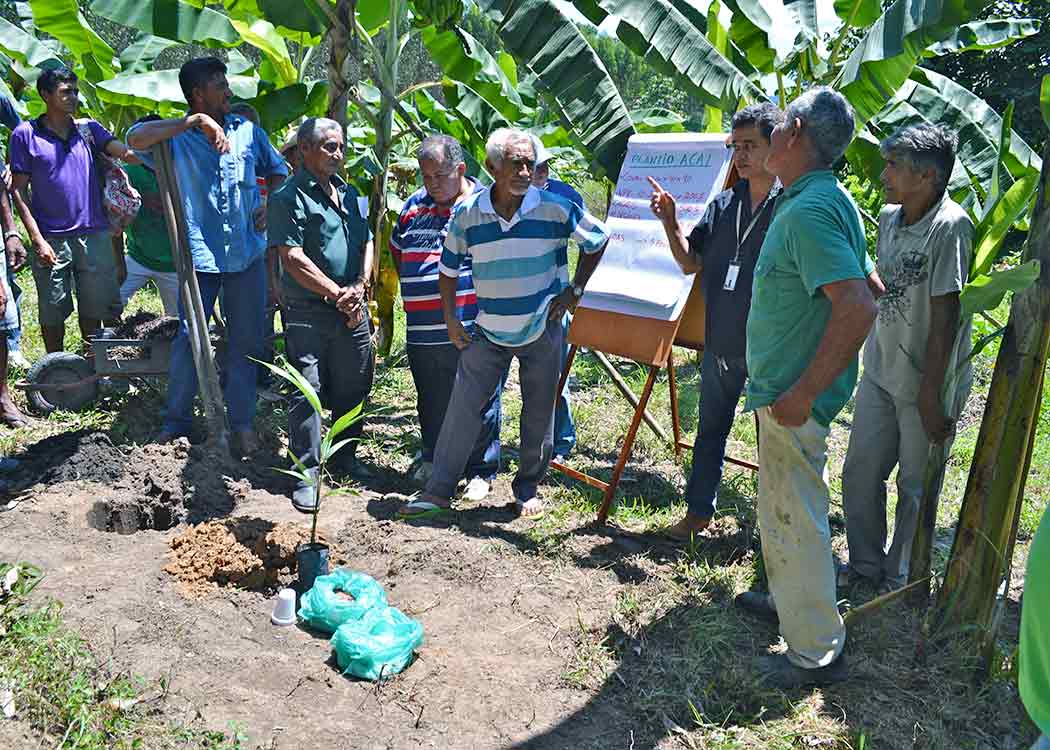
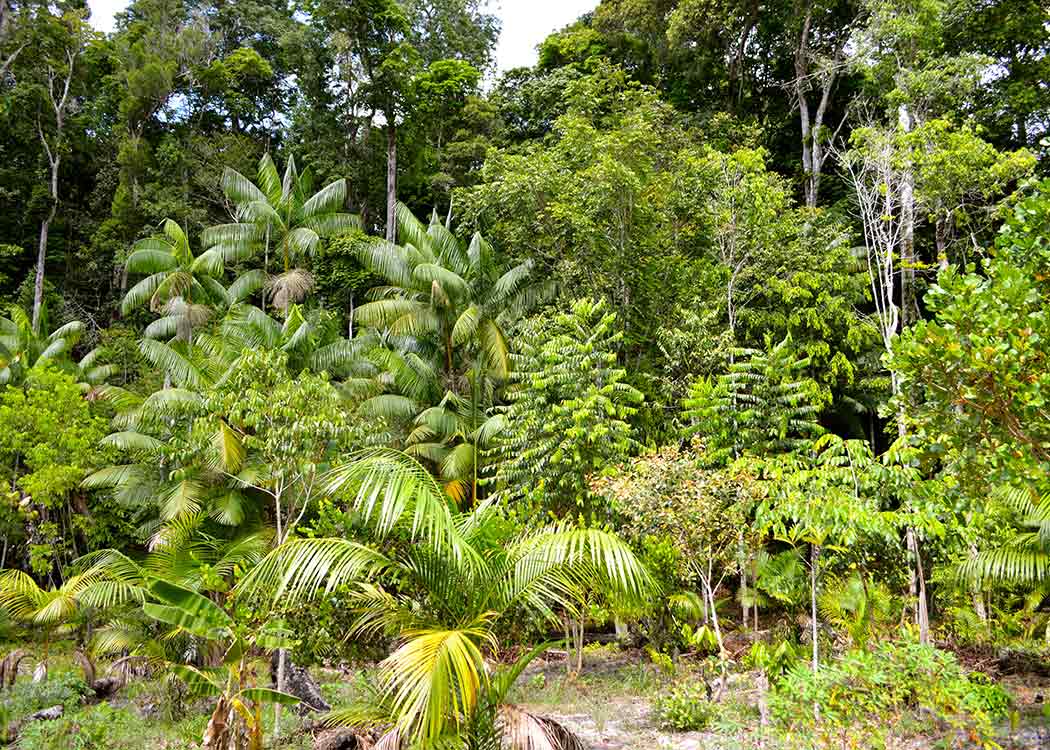
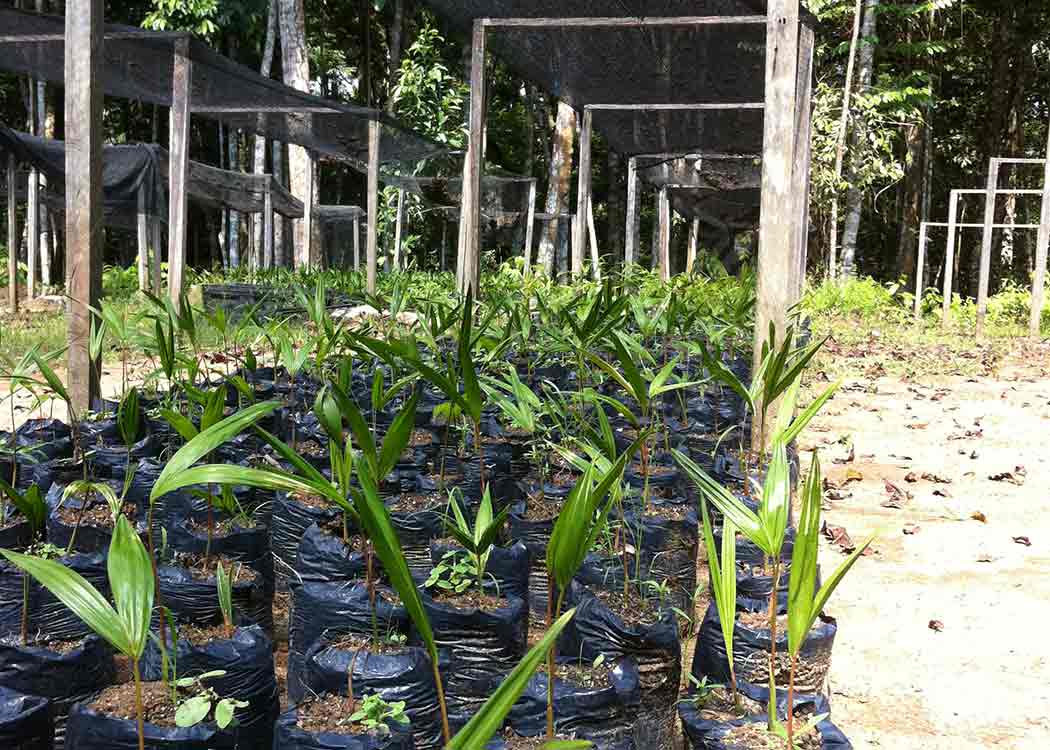
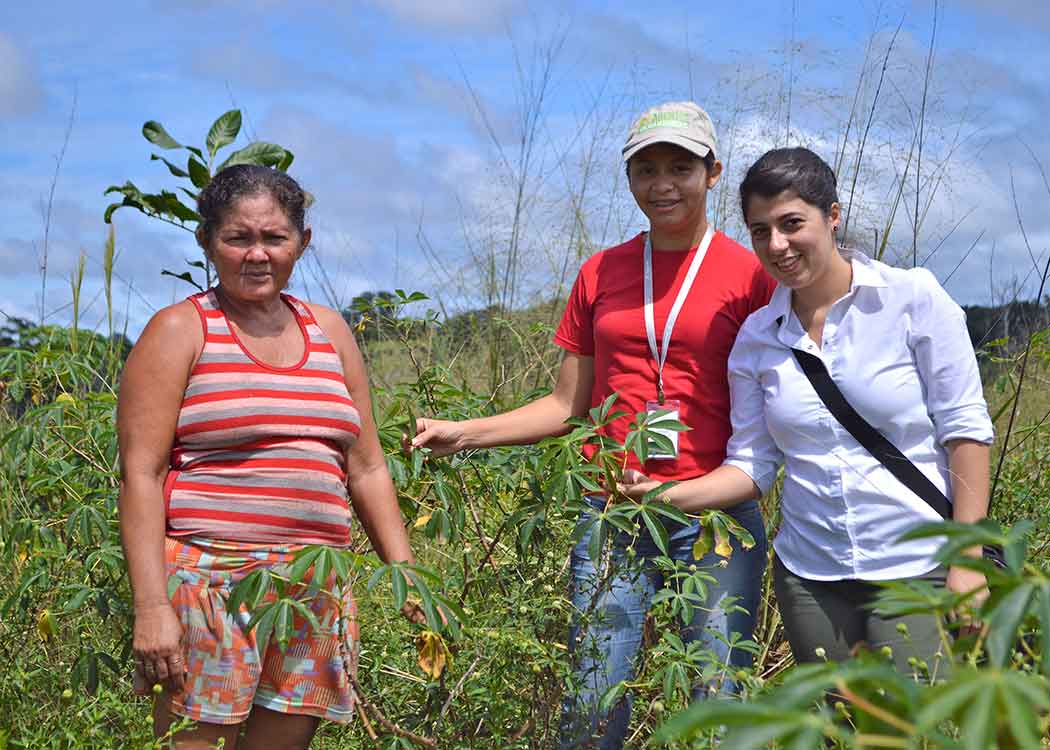
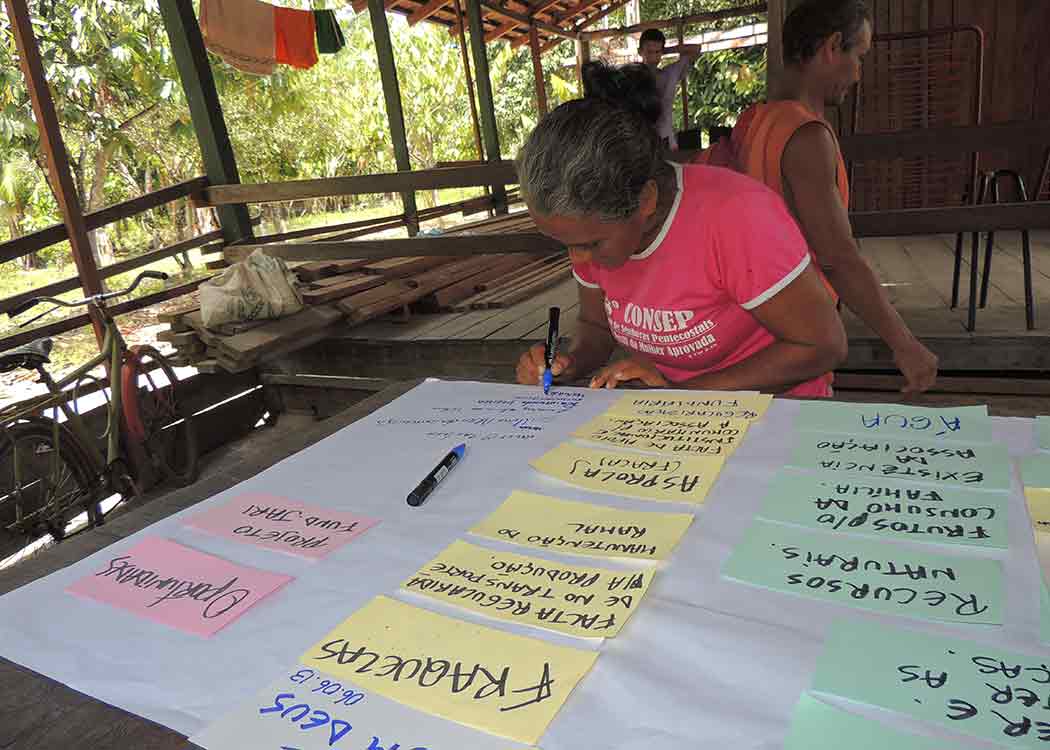
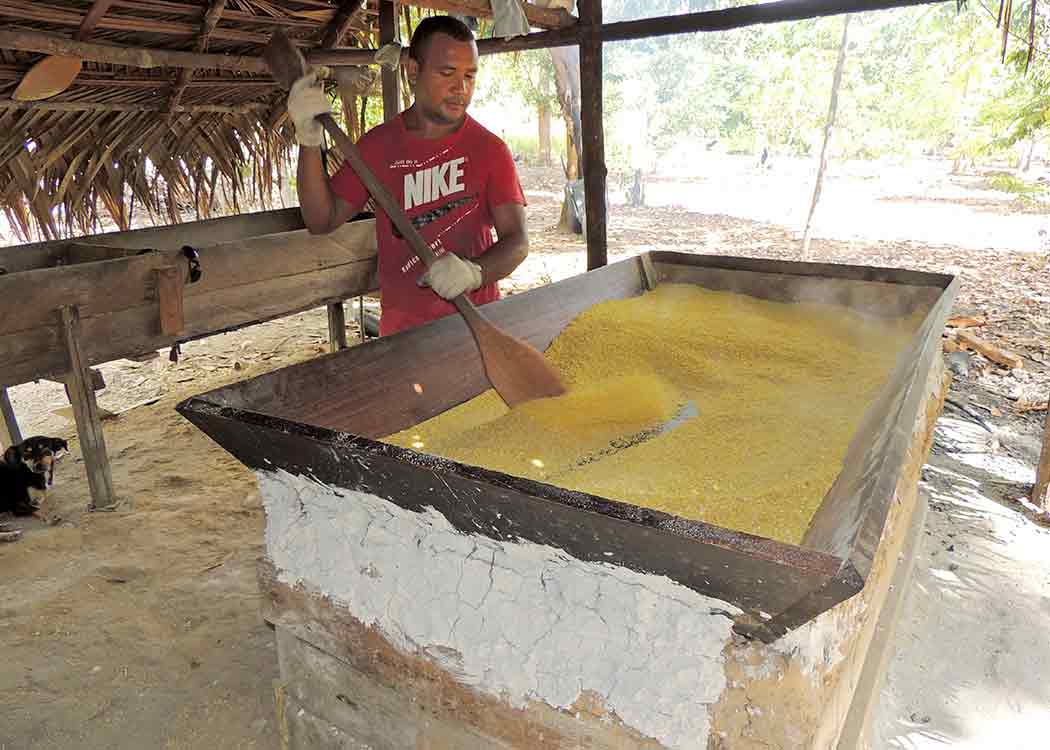
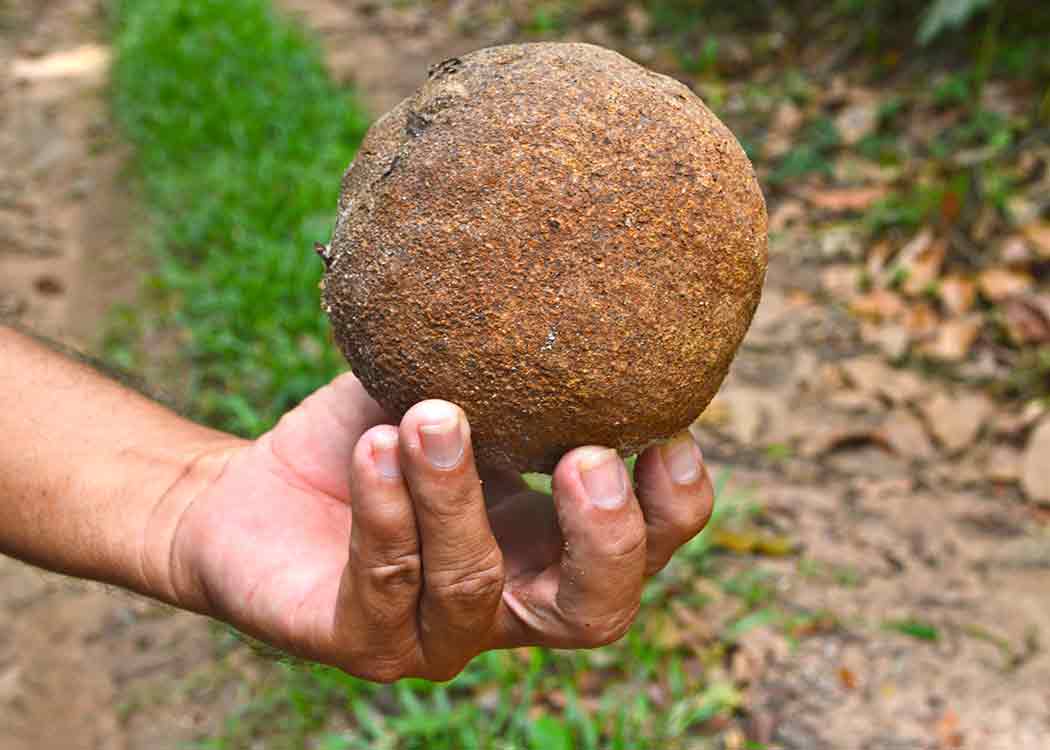
Offset your Travel Footprint
Calculate and offset the carbon footprint of your flight in seconds via our online carbon calculator! Already know your carbon footprint? Click the option to “offset now.”









